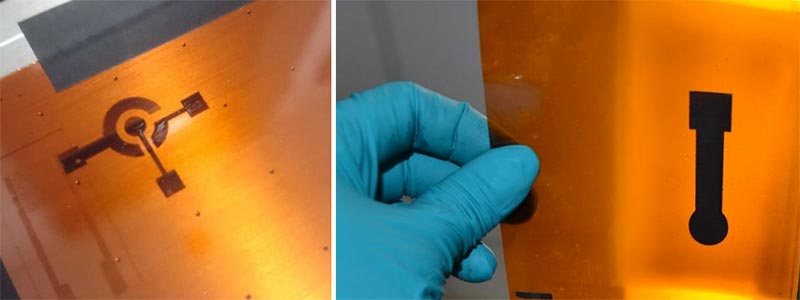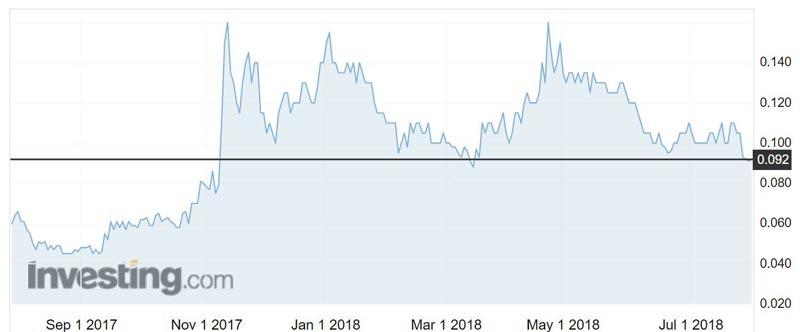You might be interested in
Experts
CRITERION: Got a chip on your shoulder over missing Nvidia? Here's the latest intel on AI stocks
Tech
ASX Tech March Winners: Sector up 55% YTD as Aussie retail investors still love 'Magnificent 7'
News
Mining
Archer Exploration has teamed up with scientists to make a graphite-based “ink” that can be used to “draw” computer circuits on flexible surfaces such as paper.
“Conductive ink” has been around for a few years, promising applications such as electronic textiles and flexible touch-screens.
Graphite miner and developer Archer (ASX:AXE) is working with scientists from the University of Adelaide to develop graphene-based inks that can be used to print electronic circuits for biosensors.
Graphene is a single layer of carbon atoms made from graphite that can transport electrons extremely fast, making the material very conductive.
Graphene inks and printed graphene electronic device products form part of an emerging $US2 billion ($2.7 billion) conductive ink technologies market.
The conductive ink technologies market will service niche segments of the global biosensor market, which is expected to grow to $US27 billion by 2022.

Graphene material sales and device integration are expected to form part of the market value potential of about $US70 billion by 2030.
‘Wonder material’
It’s only in the last couple of years that graphene – which has been dubbed a “wonder material” – has been used in the development of conductive inks.
The main challenge to widespread adoption of graphene materials has been in developing high-volume and high-value integrated devices and technologies that can be efficiently and effectively scaled.
“Graphene has just emerged because of its ability to be really, really well-conducting and for its quantum properties,” Archer chief Mohammad Choucair told Stockhead.
“There were a lot of problems in trying to get it to work because of course not all materials are the same, and that’s to do with the structure and the morphology and the actual engineering.

“But the guys at Adelaide have managed to tinker around a bit and they’ve got it working.”
The University of Adelaide scientists have confirmed that the graphite from Archer’s Campoona deposit can be used to produce graphene-based inks and printed electrodes with electronic characteristics in-line with or better than benchmarks set in related research fields.
Archer is now taking steps to secure the intellectual property rights to the commercially viable technology.
“With our graphite, essentially, we want to be able to derive high value, not just high volume,” Mr Choucair said.
“This is just one of the products that we are looking to develop along the lines of human health, specifically targeting that of biosensors.”